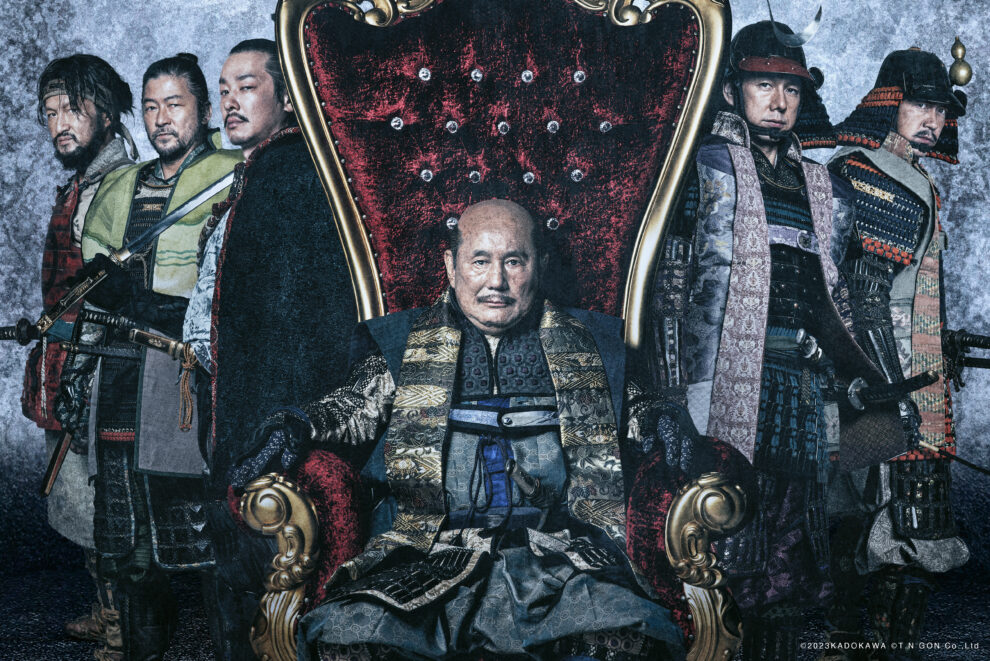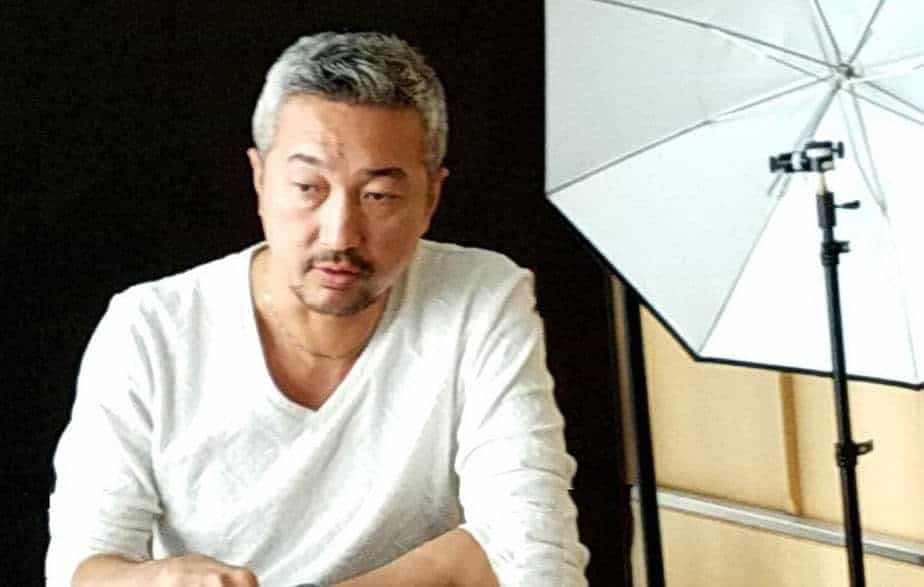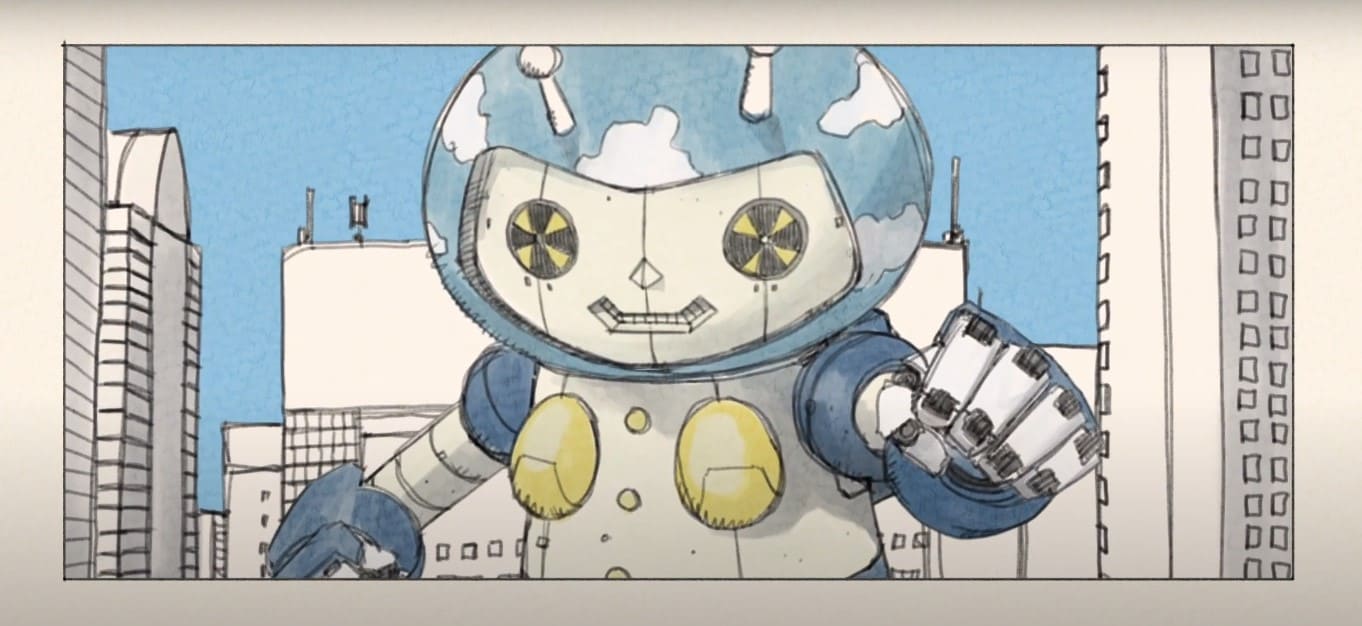Over the years, Nippon Connection in Frankfurt, Germany has become a fixed event in the calendar of Asian movie enthusiasts and critics alike. The motto of this year's edition was “Crossing Borders” offering a multitude of long and short features as well as documentaries fulfilling category either thematically and/or aesthetically, ensuring visitors will see the many facets of Japanese cinema ranging from big productions such as Takeshi Kitano's “Kubi”, feel-good cinema like Ryoma Kosasa's “Push Pause” to coming-of-age drama such as Ren Sudo's “ABYSS” or modern horror dramas such as Yuta Shimotsu's “Best Wishes to All”. In the documentary category we went into the depth within the world of J-horror with “The J-Horror Virus”, directed by Jaspar Sharp and Sarah Appleton, and looked at the state of Japanese society with works like “Johatsu” or “What Should We Have Done?”. Along with its program containing serving Japanese dishes, lectures about Japanese culture and an overall very cozy, almost family-like atmosphere, Nippon Connection can look back at another successful edition which hopefully will be reflected in this overview of AMP's coverage of the festival.
1. Interview With Kotone Furukawa

Do you prefer directors who allow improvisation or those who are very strict about what they want from their actors?
I prefer to have more freedom for improvisation and when the director believes in me. In these cases, acting becomes more like a challenge for me which I cherish because the director sees how much I put into the character and the scenes I am in. When you work like this I think it much more rewarding as an actor. (Rouven Linnarz)
2. Film Review: Best Wishes to All (2023) by Yuta Shimotsu

As mentioned in the opening, “Best Wishes to All” first constructs a concept of normality, only to slowly reveal it as disturbing, scary and even dangerous. We follow the main character as she uncovers the truth of her grandparents' weird behavior, with each revelation making the story more tense and emphasizing another layer of the bizarre truth. Horror movie buffs will likely have seen other alterations of this story in other features, but Shimotsu's approach is much subtler in comparison, as he takes his time before showing the true scale of the danger his main character is in. Visually and narratively, he and DOP Ryuto Iwabuchi work a lot with the contrast between the urban and the rural world, but also the young and the old, resulting in a feature which is quite multi-layered and even contains some ironic hints at society's image of the elderly. (Rouven Linnarz)
3. Interview with Yuta Shimotsu

“Best Wishes to All” works with the horror in our daily lives. Do you think we often accept something as normal even if it is the complete opposite?
I do and it is at the core of my movie, as you say. You know there is this story – I don't know if it is true or not – that when you subtract the number of happy people in the world from the number of unhappy people, the result is zero. If that is true, this could mean if someone is made unhappy, someone else on the planet must be happy in return. Happiness relies on the sacrifice or the unhappiness of others. (Rouven Linnarz)
4. Secret: A Hidden Score (2024) by Hayato Kawai
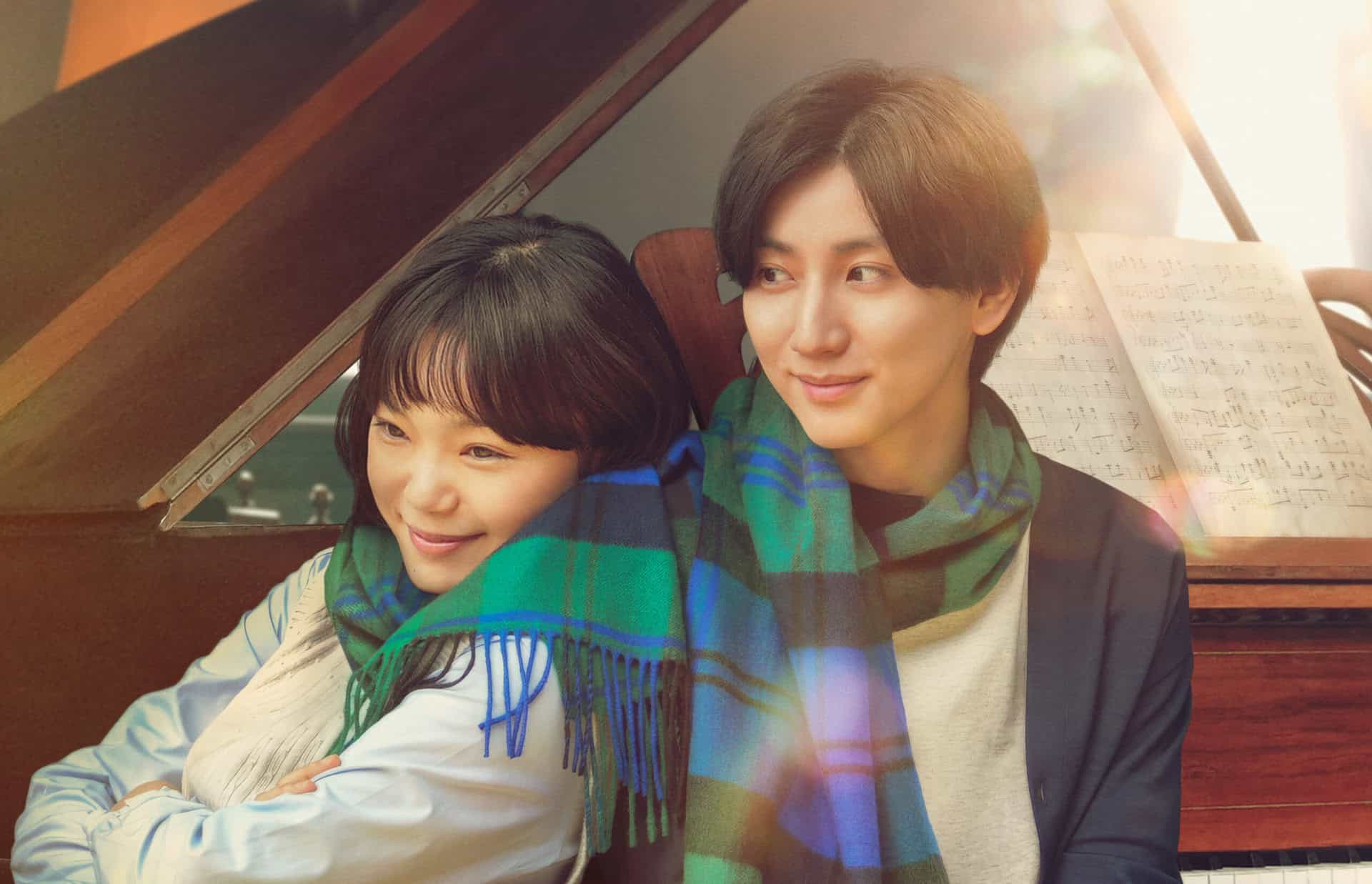
Hayato Kawai comes up with a very sensitive film about life in college, romance, and the concept of trauma and how people can heal. What is the most intriguing aspect of the whole narrative, however, is the relationship in the center of the movie, and particularly its imbalance. Minato falls for Yukino immediately, and while she also obviously likes him, she is holding back due to her secrets, in an aspect that makes the relationship, and subsequently, the whole film quite intriguing. (Panos Kotzathanasis)
5. Film Review: Kubi (2023) by Takeshi Kitano

“Kubi” shares another characteristic with Kitano's later works, especially the “Outrage”-series, which has high number of characters and the chaos that ensues because of it. Even though the addition of a person's name next to him (when we see the character for the first time) does help a bit, you will easily lose your overall view who is with which house, who is betraying who and which story is connected with the others. Certainly, some of these characters will likely not survive the 130 minutes of “Kubi”, but in the light of the additional side-plots you cannot help wondering whether some editing could have helped or perhaps some restraint in the script. What is interesting and quite well-acted by Endo and Nishijima is the dissolution of the samurai topos, as they are also bound by mutual affection and love for one another, which is quite the contrast to the image of the warrior we have seen in similar productions. (Rouven Linnarz)
6. Documentary Review: This Magic Moment (2023) by Lim Kah-wai
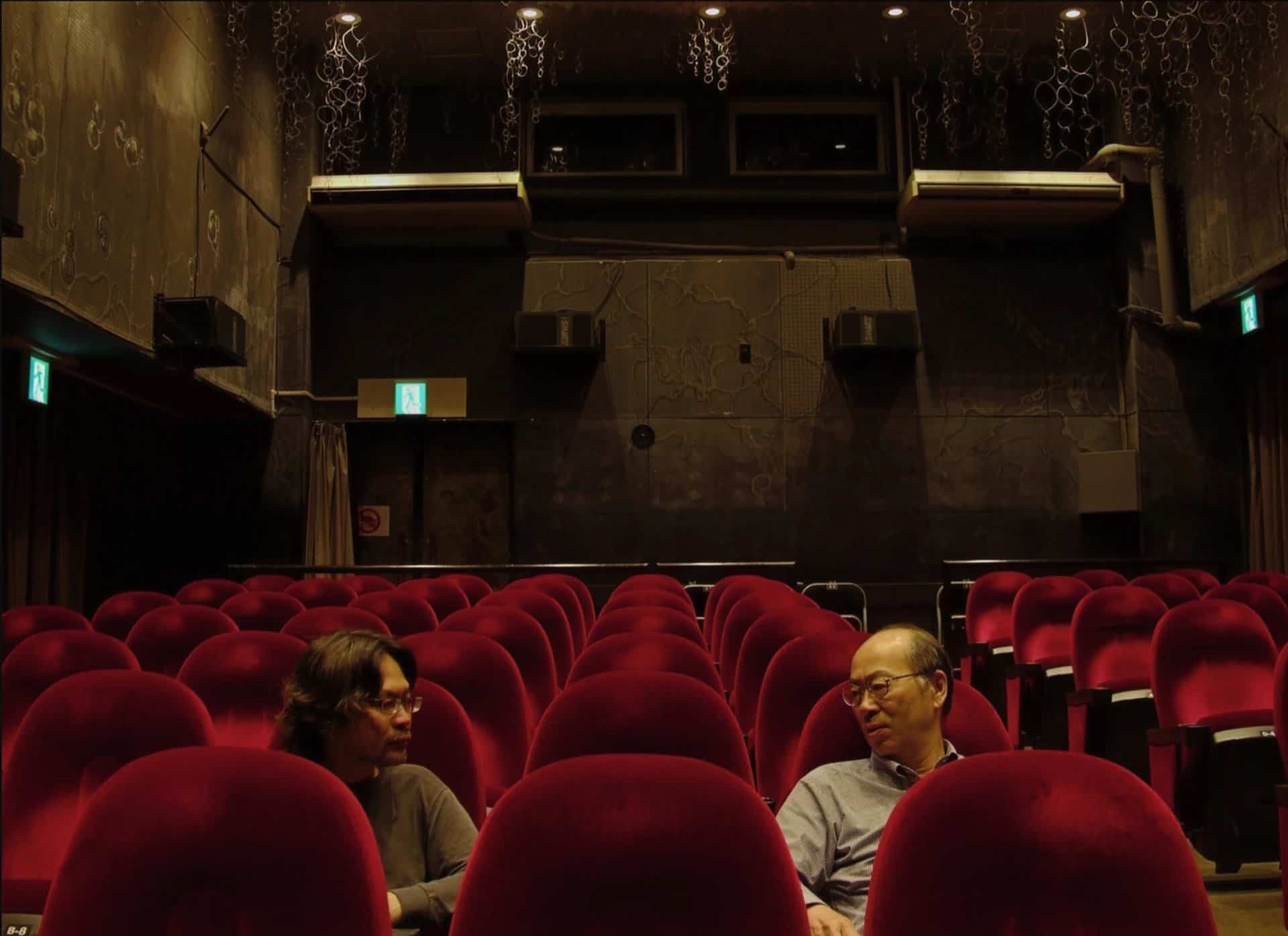
During the course of filming “Your Lovely Smile”, the story of an indie director searching for theaters willing to screen his latest movie, Lim Kah-wai has caught a glimpse of the world of “mini theaters”. You would be mistaken to regard “This Magic Moment” as a mere monument to these institutions, as it becomes clear this is also a study about the state of cinema, of culture and, above all, the availability of it. During the course of the documentary, Lim follows a repetitive scheme, first introducing the theater in the context of its surrounding community and secondly, interviewing the owner(s) about the history of the cinema, their hardships and, most importantly, how they survive in the difficult media landscape of the present. It is both informative as well as enlightening, as we listen to stories of how to adapt to factors such as streaming and multiplex cinemas. (Rouven Linnarz)
7. Film Review: ABYSS (2023) by Ren Sudo

As mentioned before, the various facets of Tokyo nightlife are the backdrop of “ABYSS” and play an important role. On the one hand, the idea of the abyss is reflected in the different clubs and bars where we see the main characters and their relationship deepen. At the same time, the neon lights, the bass-heavy, electronic music as well as the small vans where people enjoy a smoke become their natural habitat. Indeed, especially Kei seems to actively seek out the anonymity of these places and their vibrant life, which is something sorely missing from his existence during daytime. Rather than making it a mere aesthetic choice, Sudo emphasizes nightlife as a mirror of the character's life and also their emotions, while expressing a certain longing for something profound. (Rouven Linnarz)
8. Interview With Ren Sudo

How much of your own biography actually went into the story of “Abyss” and its main character?
I would say between 50 to 70 percent is autobiographical or at least inspired by my own experience. The characters we see in the movie are based on people I met during my time working in Shibuya. My older brother is like a black sheep of the family and something happened to him which I find quite shocking to this day. “Abyss” is also my way to deal with this experience. (Rouven Linnarz)
9. Film Review: We're Millennials. Got a Problem? The Movie (2023) by Nobuo Mizuta
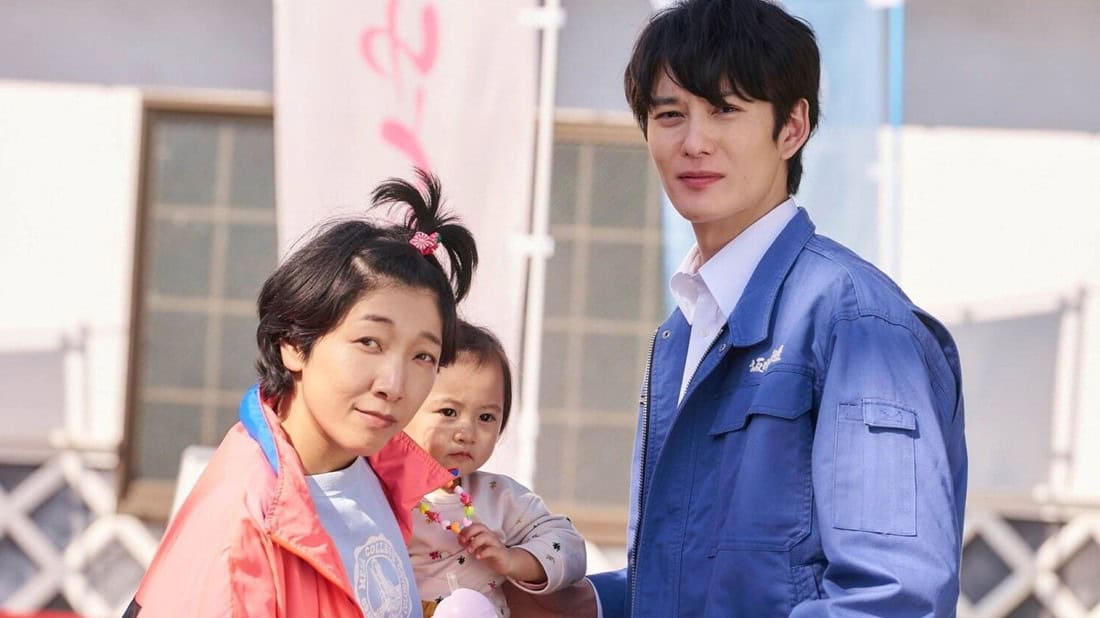
It also tries to pack too many cultural touchpoints into its runtime rather than allowing one per episode as with a longer format. LGBT sensitivity, an increasing migrant population, a younger generation wanting fewer vices in their lives, social media and new working structures following COVID are some of the issues tackled, but with so many referenced, they can become a little watered down, as serious problems are perhaps handled in a less than serious fashion. (Andrew Thayne)
10. Film Review: Push Pause (2023) by Ryoma Kosasa
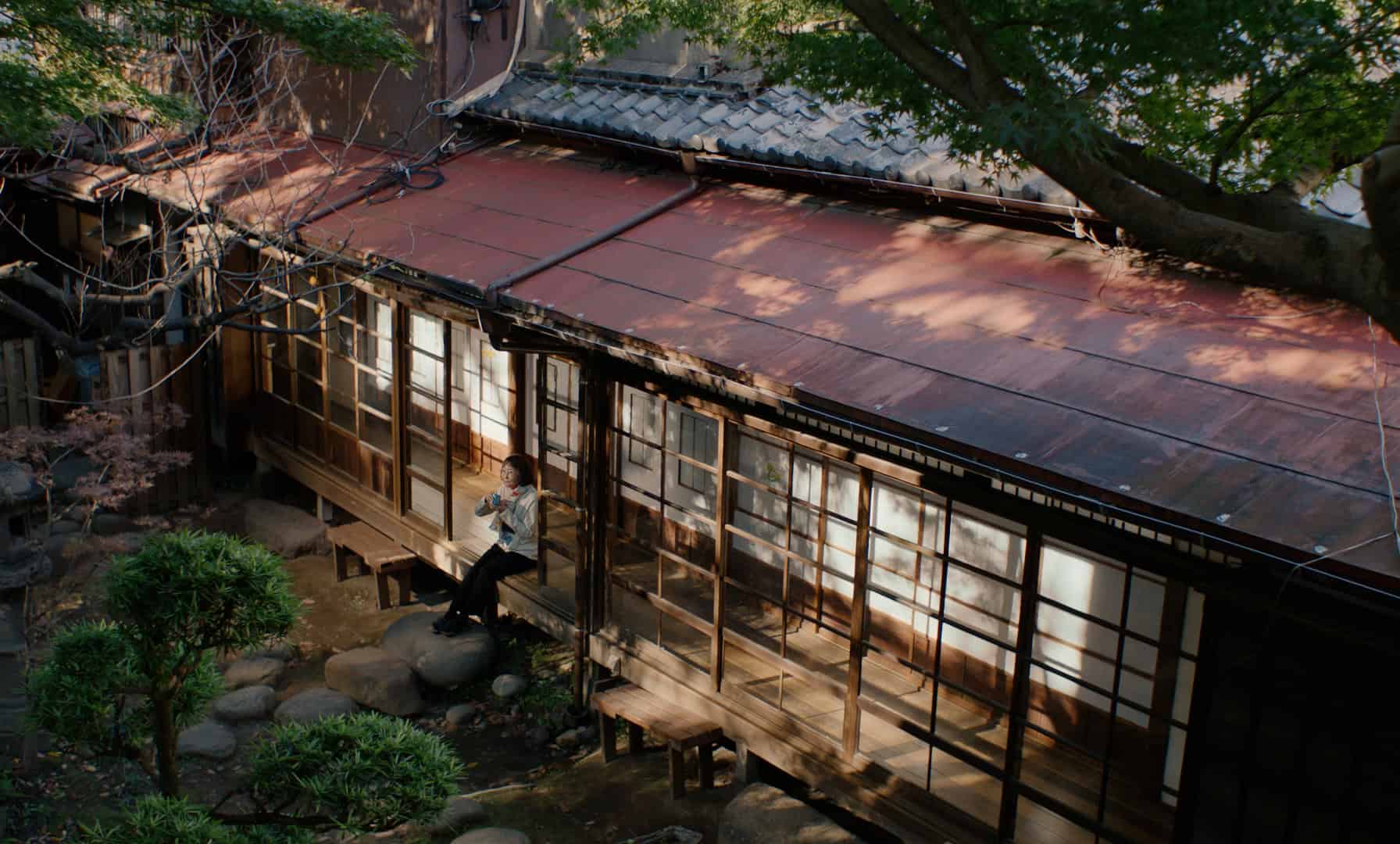
In “Push Pause”, Ryoma Kosasa tackles the topic of the pandemic and the following lockdown from a personal as well as a general angle. Each of the three stories, as well as the narrative framework of the everyday routine at the guesthouse, provide something of an emotional and topical palette, presenting the anxieties and thoughts of people in a time which has been uncertain for all of us. From a reassessment of one's career and life to contemplation on personal relationships, “Push Pause” is not so much a reminder of the lockdown, but is more concerned with the ability of people to use this “pause” in their lives to change or rethink their ways. With the backdrop of the largely empty Tokyo streets and closed down shops, Kosasa utilizes a constant visual reminder of the fears and hopes for the characters, making the story in general very relatable and the people we meet very likeable. (Rouven Linnarz)


